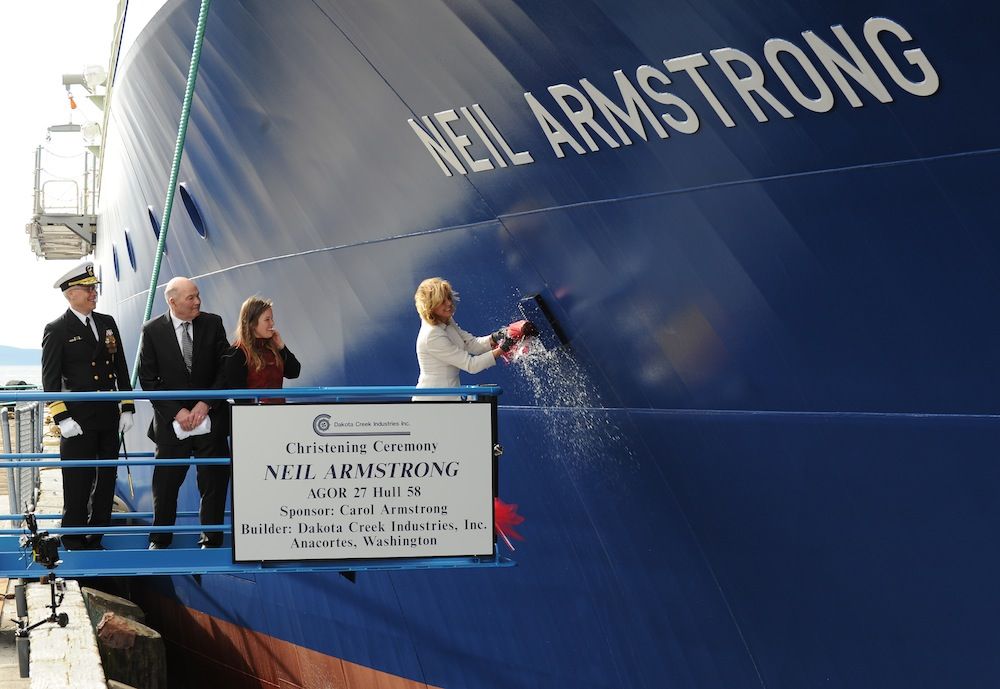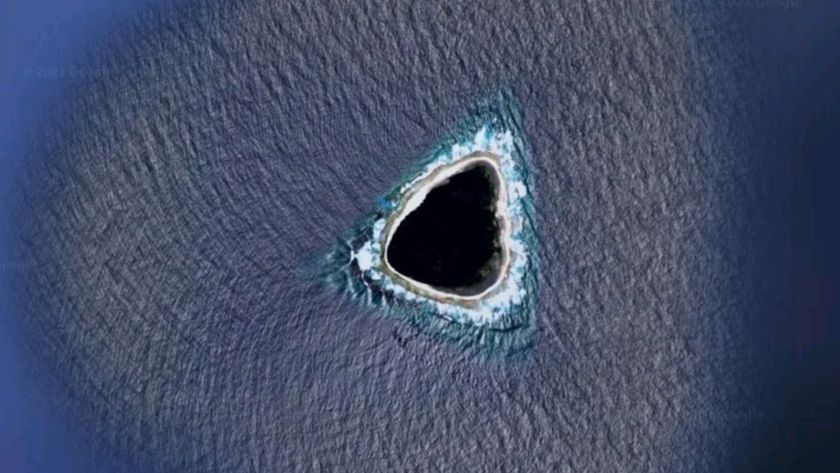Two New Ocean Research Ships to Set Sail in 2015

Two new U.S. research ships will take to the seas in the Arctic and Atlantic in 2015, allowing scientists around the world to explore the geology, biology and health of the oceans.
The U.S. National Science Foundation has commissioned the Arctic research vessel Sikuliaq, while the Woods Hole Oceanographic Institution's (WHOI) ship, dubbed Neil Armstrong, will begin science operations late next year, said ocean researchers.
Despite decades of study, the oceans remain some of the most unexplored and fascinating parts of the planet. Both the North Atlantic and Arctic oceans play a critical role in shaping Earth's climate, and the two new vessels will help scientists from a variety of disciplines learn more about these bodies of water. [9 Craziest Ocean Voyages]
For example, "a chemist might be measuring the [acidity] of the ocean, or a biologist might be looking at certain species that might be impacted by higher ocean temperatures," said Rob Munier, vice president for marine operations at WHOI, in Woods Hole, Massachusetts.
Both of the new ships are part of the University-National Oceanographic Laboratory System, a consortium of 62 academic institutions and national laboratories that share the use of oceanographic research ships.
One of the ships has already begun operations. The R/V Sikuliaq (pronounced see-KOO-lee-auk) is a 261-foot (80 meters) research ship designed to explore the ice-laden waters of Alaska and the polar regions. Completed in June 2014, the $200-million vessel is owned by the National Science Foundation and is operated by the University of Alaska Fairbanks out of Seward, Alaska.
The Sikuliaq, named for the Native Alaskan word for "young sea ice," can collect seafloor sediment samples directly, deploy remotely operated vehicles, conduct surveys of the water column and sea bottom, and raise and lower scientific equipment using winches. The vessel can also beam information to classrooms around the world in real time.
Sign up for the Live Science daily newsletter now
Get the world’s most fascinating discoveries delivered straight to your inbox.
Designed to have the lowest possible environmental impact, the ship has onboard accommodations for up to 26 scientists and students.
Meanwhile, at Woods Hole, another new research vessel will soon come online.
The R/V Neil Armstrong, owned by the U.S. Navy, is currently under construction at a shipyard in Anacortes, Washington, and will be delivered to WHOI when complete. Named for the Apollo astronaut who first walked on the moon, the vessel will eventually replace the recently retired R/V Knorr, which had been in operation since 1970.
The Armstrong is a general-purpose research vessel, Munier told Live Science. "It's designed to operate worldwide, and will incorporate the latest technologies from a vessel perspective and from a scientific perspective."
When complete, the Armstrong will be capable of exploring tropical and temperate oceans around the world, and will serve as a general-purpose research ship based on the U.S. East Coast. The ship's construction is expected to be complete by mid-2015, and the first science cruises will likely occur at the end of 2015 or in early 2016, Munier said.
An identical ship, the R/V Sally Ride, named after the first American female astronaut, is being commissioned by the Navy and will be operated by the Scripps Institution of Oceanography in San Diego, California, likely starting in 2016, Munier said.
WHOI will provide $350,000 annually to operate the Armstrong, and in return, the institution's scientists will receive preferential access to the ship's schedule for about 10 days per year.
"We don't know what we're going to discover," Munier said, "But I'm sure the Armstrong will be front and center" in the effort.
Follow Tanya Lewis on Twitter. Follow us @livescience, Facebook & Google+. Original article on Live Science.

Most Popular




